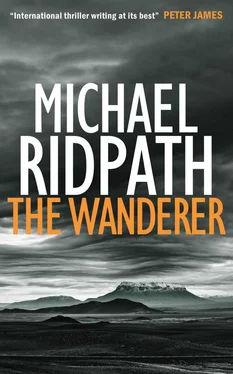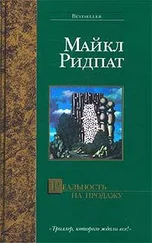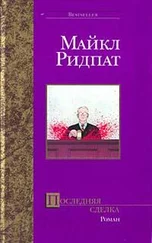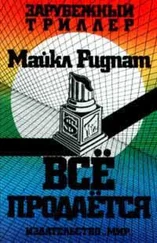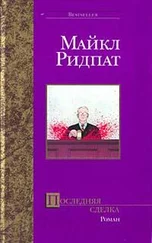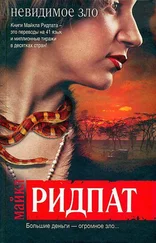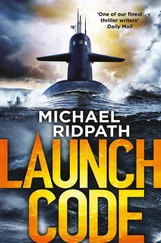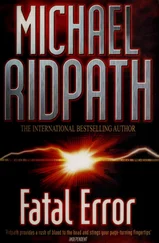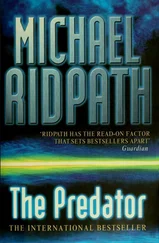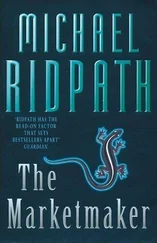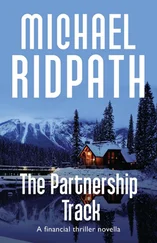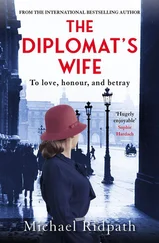‘It stinks, Vigdís.’
‘To high heaven.’
‘If Tryggvi Thór really was taking a bribe, why cover it up?’
‘Because other people were involved?’ said Vigdís.
‘Possibly. Probably. But who?’
‘Thorkell Holm was the guy who sacked Tryggvi Thór.’
‘Thorkell is a good guy,’ Magnus said. But so too was Tryggvi Thór.
He heard the whine and clank of petrol engine and metal and Noah appeared at the helm of an all-terrain vehicle.
‘I’ve got to go, Vigdís, and you had better get back to investigating Rósa. But thanks for doing that for me.’
As he hung up, Noah motioned for Magnus and Eygló to hop on, and conducted a quick discussion in Danish with Eygló about where exactly they were going. The hiker tried to ask Noah in German-accented English about boats across the fjord, but Noah ignored him.
The ATV seemed to be the vehicle of choice in Brattahlíd — they encountered three as Noah drove along the road that ran the length of the village past the yellow Leif Erikson Hostel, a bright blue school building, a red church with a spire and the remains of Erik the Red’s farm. There was no sign of past excavations there now, just low mounds of lush green grass and wildflowers tracing out the lines of ancient walls.
‘You know the trench from the nineteen thirties was open until the nineteen nineties?’ shouted Eygló above the roar of the ATV. ‘Einar tidied up much better after his excavation. So when Nancy Fishburn came here in the early eighties, there would have been tempting earthworks to tamper with.’
Magnus envisaged a younger version of the old lady he had seen in the Nantucket TV footage scrabbling in the earth with her wampum shells while her husband kept watch to make sure no one was coming. An arresting image.
‘Maybe I shouldn’t say this,’ he shouted back. ‘But you could put the hoax into your documentary, as well as the real Gudrid. That might be a way of rescuing it.’
‘Not a bad idea. I’ll suggest it to Suzy.’
Magnus was unsure whether he liked his own suggestion. Suzy should have come clean the moment Nancy had told her about the hoax. But Eygló deserved a break.
Past the site of the real longhouse lay a modern reconstruction, fenced off and covered in a turf roof. Noah turned left up a rough track which climbed the hill above Brattahlíd. Magnus looked over his shoulder at Erik’s Fjord and Narsarsuaq airfield on its far side, and then the view disappeared and they were in a wilderness of close-cropped grass and bare rock, dotted with sheep. The track was made of a deep red earth and stone, and Noah seemed to enjoy the jolts as they headed west — Magnus had the impression he was trying to get airborne wherever he could.
They zoomed over the crest of a hill marked with a series of a dozen or so stone cairns and then they were on the other side. In front of them spread a large green bowl containing a couple of farm buildings, and behind it another fjord. Whereas the fjord they had just come from at Brattahlíd had contained ten to twenty stately icebergs drifting alone, this one was chock-full of shards of ice large and small. The green hillsides were scattered with purple, blue and yellow flowers, and farm machinery in various stages of disrepair. They zipped past an ancient Massey Ferguson tractor of rusty grey that looked like it hadn’t been moved for fifty years.
Noah slowed and turned to Eygló. He pointed to the far side of the valley, which was an impossibly bright deep green, and there, a hundred feet or so up a hillside, a small group of people clustered around a rectangle of bare earth, next to a large canvas awning. Eygló nodded.
Tasiusaq, the farm that dominated the valley, was a prosperous one, boasting major blue metal barns and an array of white plastic-covered rolls of hay. Noah roared past it, turned on to a lesser track and headed for the dig.
A tall kid with red hair and a wispy beard greeted them in an American accent. Magnus noticed his Brown Bears T-shirt. Eygló asked for Anya, and the kid led them to the group of archaeologists scraping, scratching and peering at the earth.
‘Are you still at Brown?’ Magnus asked the guy, whose name was Nate.
‘Junior year.’
‘I was there a couple of decades ago.’
‘Cool. You an archaeologist?’
‘Um. No. I’m an Icelandic policeman.’
‘Cool.’ Nate managed to inject so much doubt into that word.
‘Yeah. It’s true what they say: the world is your oyster with a degree from Brown.’
The slightest pause. Then, as Nate considered the possibility that he might wind up as a policeman in Reykjavík: ‘Cool.’
Behind them, the ATV’s engine gunned into life, and Magnus turned to see Noah whizzing off down the track towards the farm.
‘Is he coming back for us?’ he asked Eygló.
Eygló shrugged. ‘No idea.’
Anya waved and grinned when she saw Eygló approaching and gave her a hug. ‘It’s great to see you,’ she said in a fluent American accent.
‘And you,’ said Eygló. ‘This is Magnus from the Reykjavík police. He’s investigating Carlotta’s murder.’
‘OK,’ said Anya, more serious now.
‘Do you mind if I ask you some questions?’ Magnus said.
‘Sure,’ said Anya. ‘Let’s go over here.’
She led them to a table and chairs underneath the large awning and poured them a cup of coffee from a thermos. There were three tables in all, and the others were covered with archaeological paraphernalia — lots of trays, meshes, bags filled with tiny artefacts, labels, notebooks and a couple of microscopes. Nate took a seat at one of them and attacked what looked like a lump of mud with a toothbrush. Magnus felt a momentary pang that he hadn’t become the archaeologist Nate had assumed he was.
At first sight, Anya Kleemann looked like one of the Inuit Magnus was becoming familiar with. She was round — a round face and round body, but her eyes were also round, and blue. Magnus’s sketchy knowledge of genetics suggested European blood on both sides. She told Magnus a little of her own background: a childhood in Greenland, university in Denmark, a masters in America and then a PhD at Aarhus. She was an expert on Norse settlements in Greenland — this was her patch.
‘How’s the excavation going?’ Eygló asked Anya.
‘Usual story. It looked like we were getting nowhere, when we found something last week. A coin. English. Minted in the reign of Richard III.’
‘Richard III? The king they found buried in a car park? I remember him from York. Remind me of his dates?’
‘Fourteen eighty-three to eighty-five,’ said Anya with a grin.
‘Fourteen eighty-three? How the hell did it get there?’ Eygló asked.
‘Precisely,’ said Anya. She explained to Magnus: ‘The last written record we have of the Norse settlers in Greenland is a description of a wedding in 1409. We don’t know when they died out here, or even if they just upped and left. We do know they were still trading with the English after this time, but this looks like pretty strong evidence there were still Norsemen farming here in the 1480s. Or later.’
Magnus recalled Columbus’s trip to Iceland in 1477. And the letter to his younger brother he didn’t write describing it. So there were still Norse settlers in Greenland even then.
He asked Anya about the dig at Brattahlíd in 2011. She remembered the discovery of the wampum as one of the most exciting moments of her career. She described how Carlotta had found a couple of shells with holes in them, how Einar had revealed more, and how the American student had identified them as wampum clamshells.
‘Did anyone have any doubts about their authenticity?’ Magnus asked.
‘Not at the time, no,’ said Anya. ‘But I wondered about them afterward.’
Читать дальше
